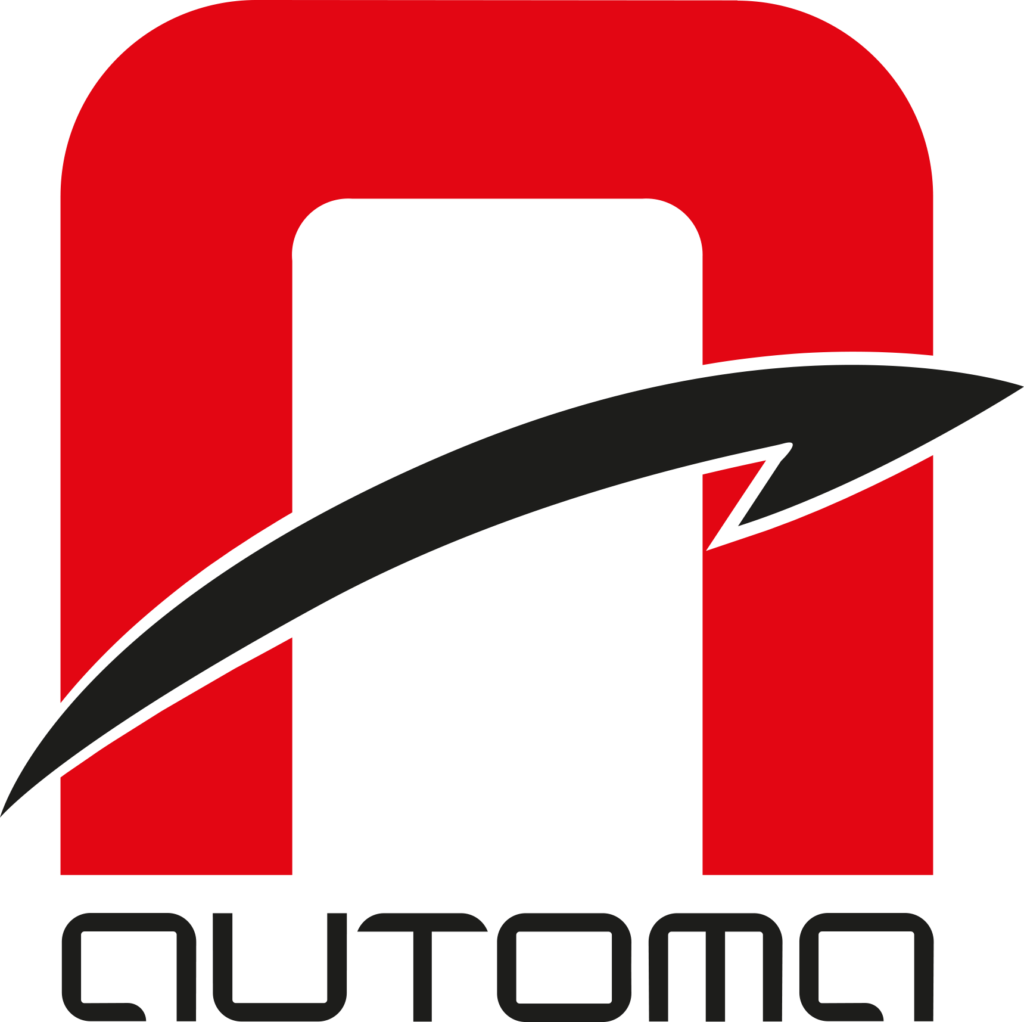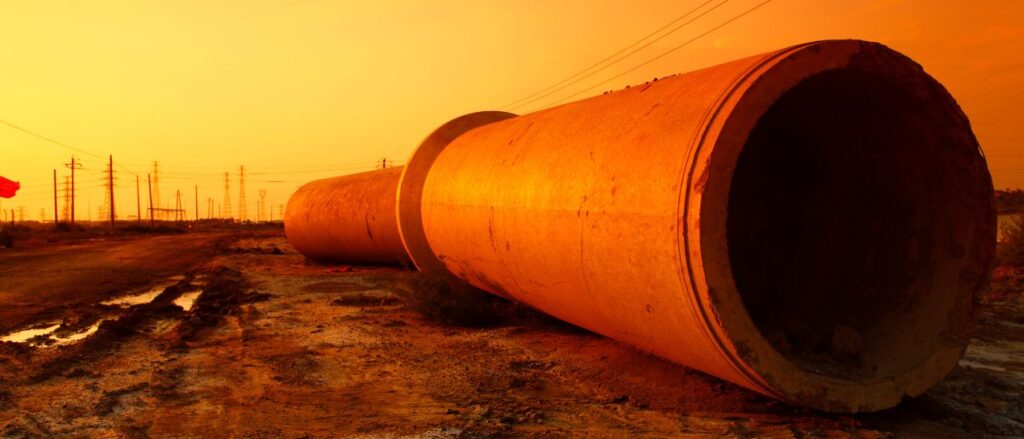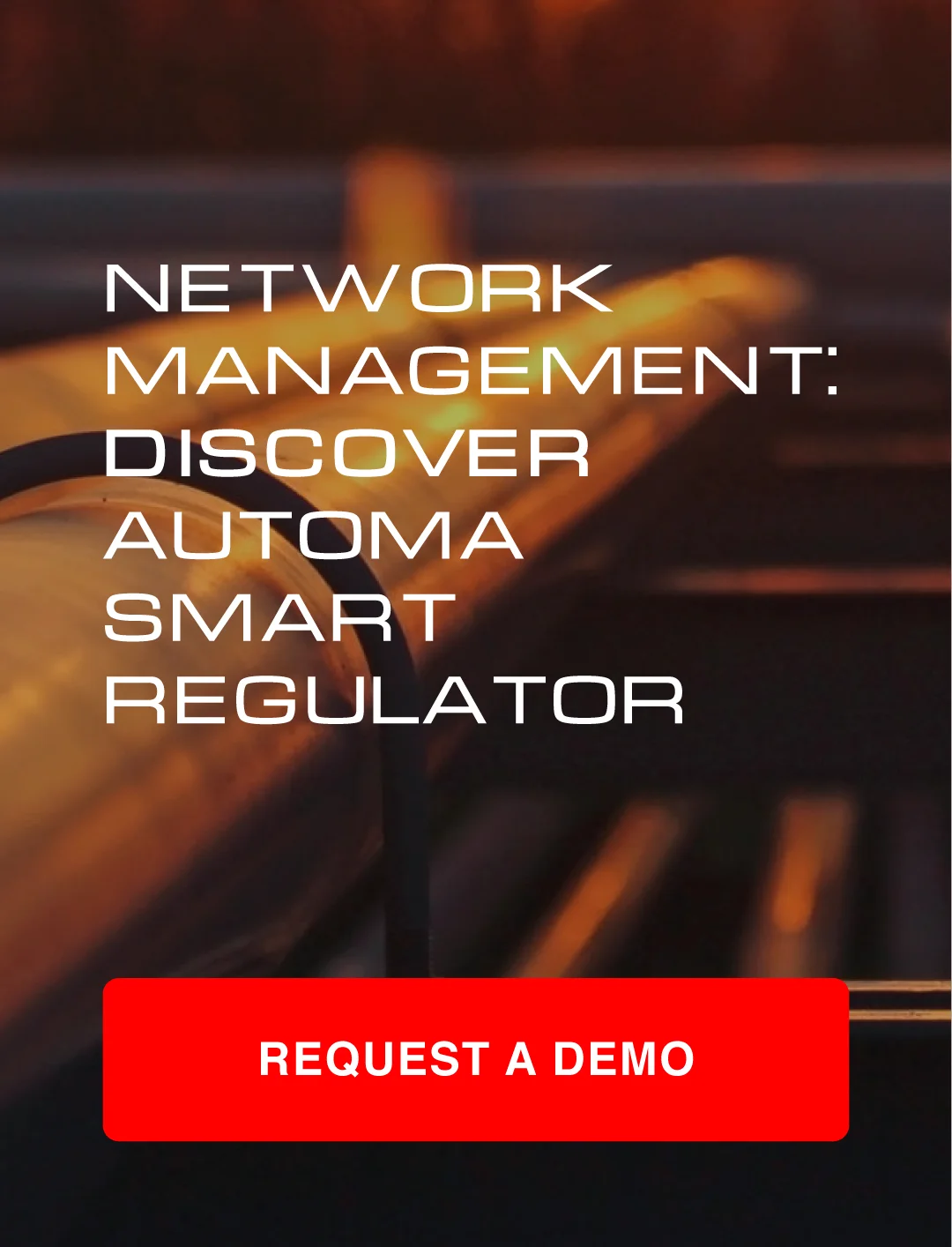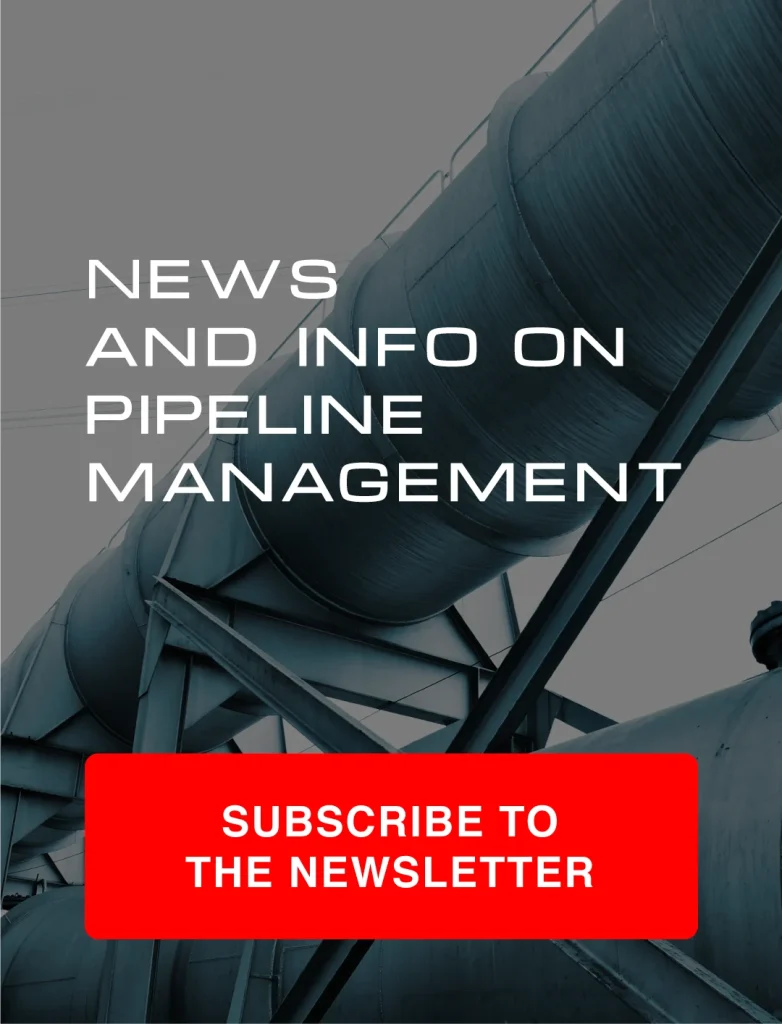The Global Methane Tracker 2024 report published by the International Energy Agency (IEA) reveals discouraging data: in 2023, methane emissions in the energy sector rose by 3 million tonnes compared to the previous year. This brought their total to 120 million tonnes.
Despite the efforts made by the sector to reduce losses, methane emissions in the energy sector remain a significant challenge. Drastically limiting these losses is essential not only to improve the efficiency of energy networks but also to combat the climate emergency.
The problem of overpressure
An important part of gas losses is related to overpressure in plants and networks: this term refers to a condition in which the operating pressure within gas distribution networks is often higher than optimal levels while still complying with safety standards and operational management for proper functioning, creating risks for safety, the environment, and the infrastructures themselves.
Fugitive emissions, that is, the uncontrolled release of gas (such as methane) into the environment, are proportional to the operating pressure, so optimising and reducing the latter leads to an immediate reduction in emissions.
In addition to this, overpressure can accelerate the deterioration of pipes and network components, increasing the risk of structural failures and reducing overall operational efficiency.
How is it possible to reduce the issues related to gas network pressure without compromising the supply? A concrete and effective response comes from dynamic regulation.
What does dynamic regulation mean
Dynamic regulation allows for real-time adjustment of pressure in gas distribution networks to actual demand. In practice, the system based on the principle of dynamic regulation automatically adjusts the pressure according to variations in consumption:
- During periods of low demand (for example, during the night), the pressure is reduced to avoid overpressure and minimise gas losses.
- During peak consumption times, the pressure is increased to ensure that the gas flow meets the demand, always within safe limits.
In summary, adopting a dynamic pressure regulation on networks means:
1) an exponential decrease in the volume of gas lost
2) more efficient operation of the network, subjecting it to less stress, thus also reducing the frequency of failures in the long term.
Dynamic regulation occurs through data-driven technology. This, indeed, allows for the collection of real-time data that is then analysed with intelligent algorithms that calculate the necessary corrective actions to maintain the pressure at an optimal value. In the case of particularly complex systems, the system is able to anticipate changes in demand or network conditions by leveraging predictive analysis and artificial intelligence.
A system of this kind must therefore combine monitoring capabilities on one side and control capabilities on the other.
The ideal solution must consequently integrate:
– Edge Computing features, which allow for faster responses and make the system more robust and reliable.
– Artificial Intelligence for big data management, capable of finding a model to classify information, make decisions or predict the future trend of events.
– Cybersecurity, essential for the protection of this type of data.
– Ability to reduce inefficiencies related to fluctuations in gas demand and supply, to ensure service continuity.
With these characteristics, the system is able to estimate the demand required by users in each execution cycle, and to adjust the network management parameters when necessary to keep the pressure to a minimum during hours of lower demand and to increase it when user demand also rises.
The result? An optimal compensation that limits leaks while ensuring efficient network management.
The Automa solution: the GOLEM technology
The GOLEM technology of AUTOMA, developed to dynamically control regulators, also adjusts the pressure on demand in order to reduce emissions and optimise flow rates.
Simplifying to the maximum, we can say that GOLEM transforms any existing pressure regulator into an element that can be controlled remotely. In this way, it is possible to remotely control the gas pressure based on a desired value, whether it is a measurement coming from the termination point or a local measurement in the pressure reducing station (PRI).
The system allows, for example, to set daily pressure profiles, that is, to pursue target flow rates or pressures. Thanks to the built-in protections, such as mechanical limits and energy reserves, GOLEM ensures continuous and reliable operation.
GOLEM also stands out for its ability to make the regulation of gas pressure dynamic and automatic without requiring substantial modifications to existing plants, easily integrating with already present regulators, both direct and pilot-operated. Another significant advantage is that GOLEM does not require the use of venting, a noteworthy aspect especially after the new European Regulation on emissions has prohibited its use in industrial processes.
Unlike other similar solutions available on the market, the GOLEM application is not limited to the remote control of gas in natural gas distribution networks; indeed, it has been designed to also manage the injection of biomethane into natural gas networks, thus addressing the growing need to integrate renewable sources into distribution networks.
AUTOMA develops hardware and software solutions for the monitoring and remote control of gas transport and distribution networks, functional to their operational management.
We were born in 1987 in Italy, and today over 50,000 Automa devices are installed in more than 40 countries around the world.
Do you want to ensure that you regulate the gas network pressure safely and efficiently?
Contact our team without obligation and we will tell you what we can do to help you limit losses and always maintain an adequate level of service.
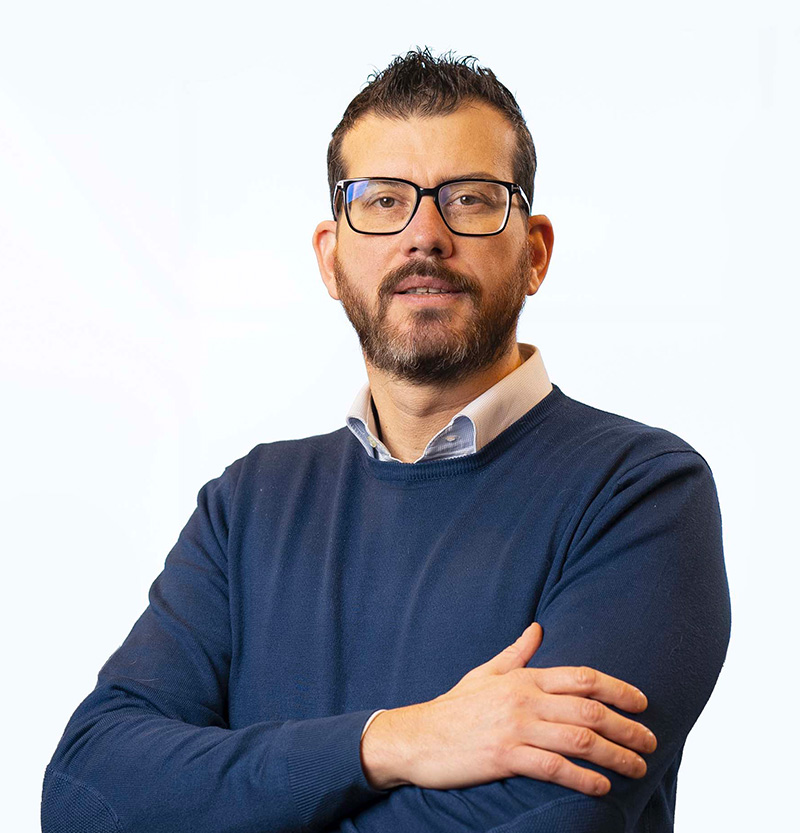
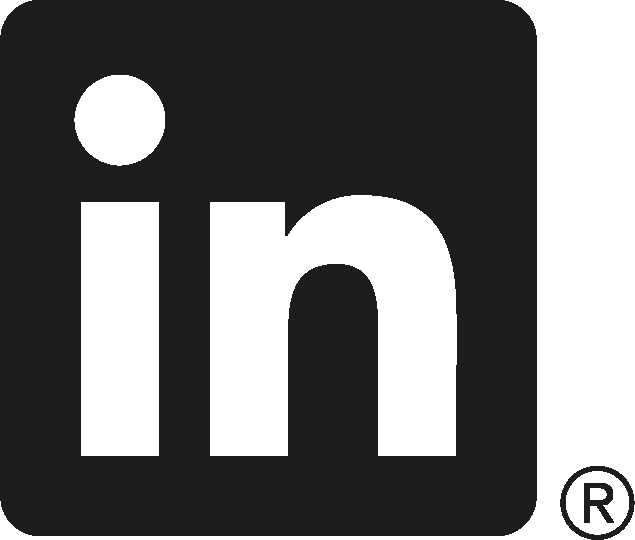 Project Manager at Automa S.r.l.
Project Manager at Automa S.r.l.
Andrea Giorgetti, a Project Manager with 20 years of experience in engineering and technological development, has been working at AUTOMA S.r.l. since 2007, where he is responsible for product development, engineering, and market strategies. He also supervises projects and coordinates technical processes to optimize the company’s solutions and technologies.
